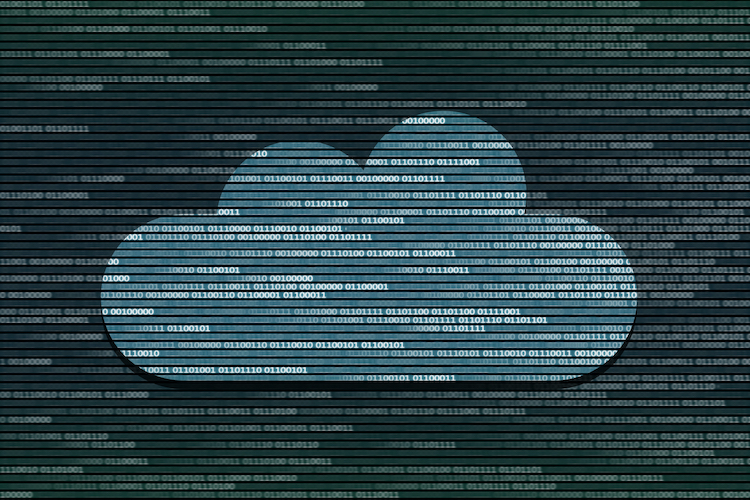
One of the reasons that businesses prefer keeping their data stored in an on-premises server is because they feel it’s safer than in a 3rd party cloud platform.
They want to have data where it can be accessed at any time with or without an internet connection. They also worry about large scale data breaches of vendor user accounts. Such as the recent breach of the Chartered Professional Accountants of Canada that impacted over 329,000 user accounts.
Several Sudbury area businesses wonder if data kept within their own onsite network security is less exposed and less at risk of a data breach.
But the information coming in about the impacts of data breaches indicates that your data may actually be safer in the cloud than in your on-premises devices.
According to a 2020 data breach report, 70% of all data breaches happen to on-premises assets. Just 24% of them involve cloud assets.
While you may think that keeping your data safe and sound onsite is the best way to protect it from a data breach, the statistics tell another story.
Just because on-premises assets get breached more, doesn’t mean they can’t be secured when stored onsite. What it shows is that they often aren’t secured very well.
Part of the problem is a lack of help from a professional through managed IT services. The new necessity to use at-home workers is another area of vulnerability.
Here are some of the reasons that your data may be more at risk when you keep it onsite rather than in cloud solutions.
Many businesses in Sudbury and the rest of the country weren’t prepared for the sudden stay-at-home orders due to the pandemic. They quickly came up with workarounds to allow employees to connect remotely to on-premises assets, like servers or their computer workstations.
But those remote connections act as an open door to hackers if they’re not properly secured. This year so far, there’s been a 30% uptick in hackers attacking remote desktop protocols.
Another common problem that leaves onsite equipment more vulnerable than cloud servers is that companies don’t always keep up with the needed operating system, software, and firmware updates.
Unpatched vulnerabilities are often used to breach a system. Many breaches exploit those that had patches released for them months (or years) earlier, but were never applied by the user.
Cloud data centers run by service providers like Google and Microsoft, keep all patches and updates applied in a timely manner because they know the importance of keeping their systems protected from data breaches.
Cloud service providers often are using a higher level of security on their servers than small businesses do. According to Microsoft, they use the same security, privacy, and compliance protections used by 95% ofFortune 500 companies.
This makes cloud servers much more difficult for hackers to breach than on-premises servers that are not typically protected by as many different safeguards.
While hacking may be the number one cause of data breaches, misconfiguration of settings is the second most prevalent.
Not everyone that is administering an onsite server has the background and knowledge that an IT professional does. So, when companies are handling server administration themselves, settings can often be misconfigured, allowing hackers to easily breach their network and data.
One other way that data can be breached, though not as prevalent as online breaches, is by physically breaking into a building.
Small businesses will typically have far fewer safeguards against break-ins than large cloud data centers do. For example, data centers of cloud service providers will usually have both extensive video surveillance systems and around-the-clock physical security, in addition to things like biometric locks.
One other big difference between storing your data onsite and in the cloud is that cloud service providers make uptime guarantees to customers. They’re able to do this because they use redundant systems, so if any server were to go down, they could switch over to another one in seconds and your data would still remain intact and accessible.
If all your data is being kept on-premises, it’s more at risk of being lost either to a server system malfunction or physical disaster that impacts your office.
Is it time to migrate your on-premises data to a secure cloud platform? Haxxess can help you with a smooth migration to ensure your assets remain protected, secure, and accessible when you need them.
Contact us today to schedule a free consultation! Call 705-222-8324 or reach out online.